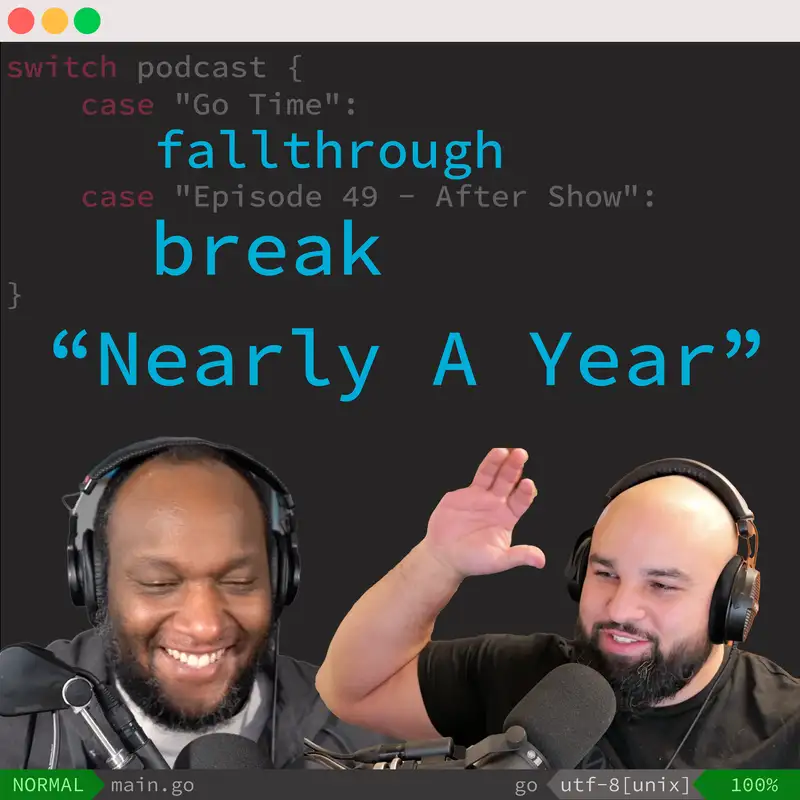Post details
It's December 23rd! Have a Merry Christmas Adam everybody! (Always comes before Christmas Eve and is generally unsatisfying.)
This content type is full of IndieWeb post types, which are all content types which allow me to take greater ownership of my own data. These are likely unrelated to my blog posts. You can find a better breakdown by actual post kind below:
It's December 23rd! Have a Merry Christmas Adam everybody! (Always comes before Christmas Eve and is generally unsatisfying.)
Saw an advert for a Trainline AI assistant thing, with a disclaimer at the bottom saying it’s AI, so might not actually be right. Why is it okay for AI to be unreliable? Why are we collectively so accepting of the idea?
What you need to know about local model tooling and the steps for setting one up yourself
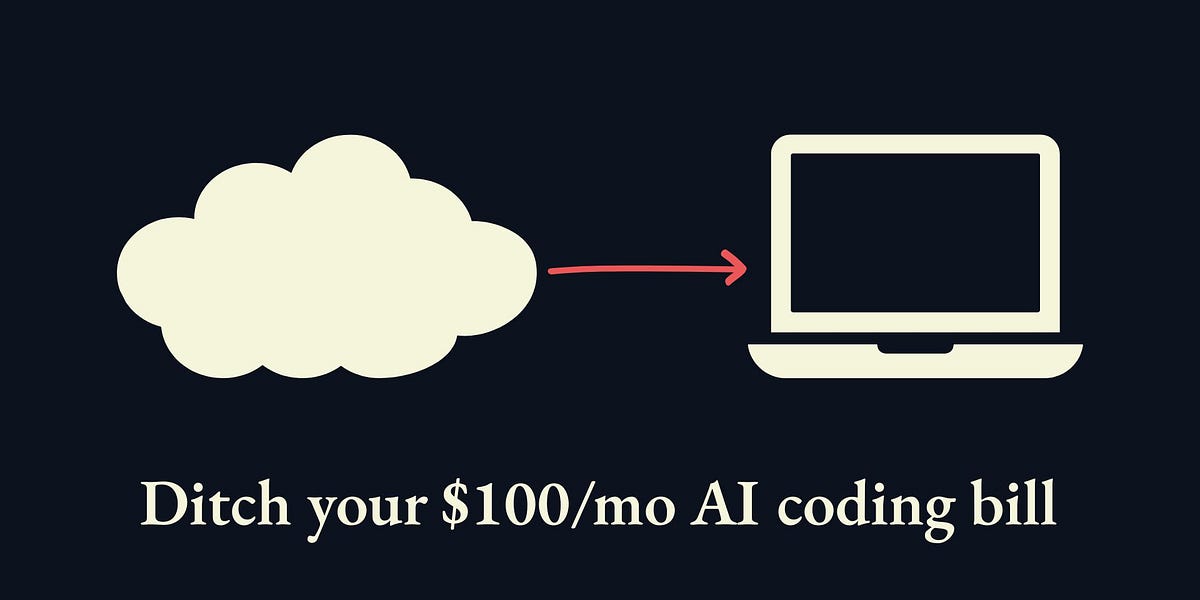
Between and I took 8191 steps.
if you find yourself editing a dependabot.yml file, stop right now and forget about it and use the open source renovatebot instead. it's so. much. better. https://github.com/renovatebot/renovate
Go 1.26rc1 is outBook: Gist of Go: Concurrency by Anton Zhiyanov😶 Blog: Go feature: Secret mode by Anton ZhiyanovNon-Go: Pixnapping🧋 Accepted: Make all "bubbles" inherited across goroutines🌩️ Lightning Round🥐 Bun v2 coming?💉 Interview: Go dependency injection at Uberuber-go/fxLet a 1,000 flowers...

Welcome back to Break, a Fallthrough aftershow! In this episode, the panel continues their conversation from Fallthrough #50.Enjoying the aftershow? Let us know on social media! If you prefer to wa...
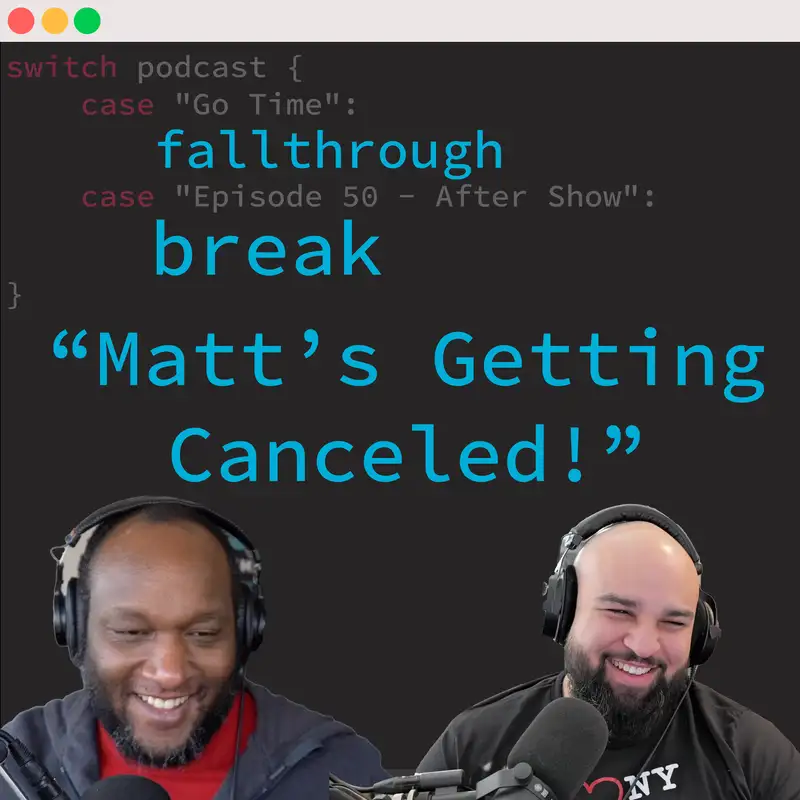
In the tech industry, we talk about how exceptional and innovative we are. But are we really? In this episode, Kris and Matt explore why they see the industry as pretty mid and how things should be...
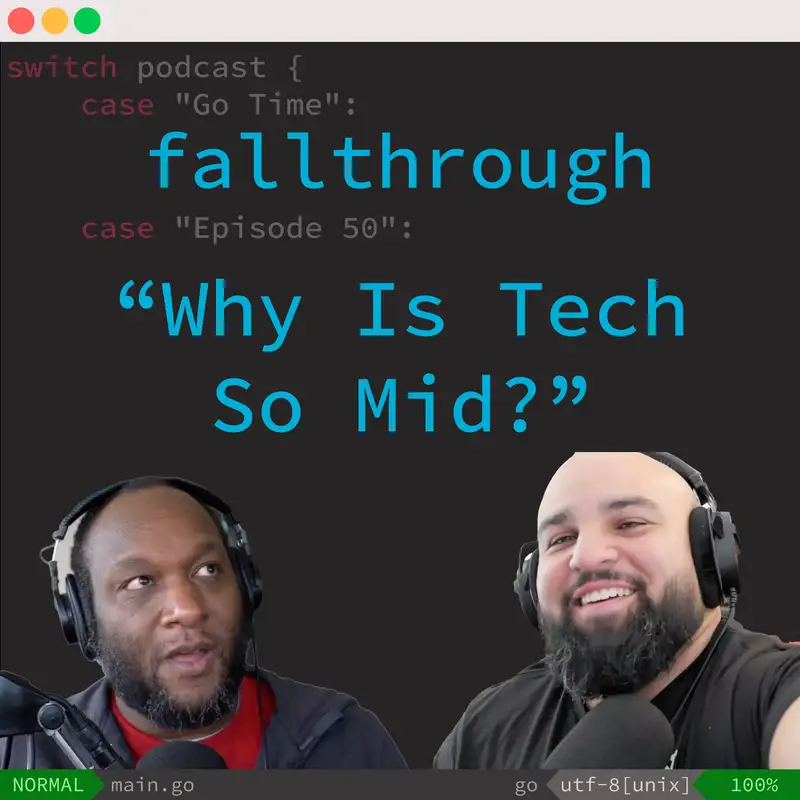
Ugh! Racists need to just fuck off!
something like renovate would go a long way
Between and I took 9939 steps.
I made something new: an eslint plugin to validate your npm ecosystem lockfiles! It supports npm, pnpm, yarn, bun, and vlt, and it's already helped find a supply chain security attack vector inside a fortune 500 tech company. https://www.npmjs.com/package/eslint-plugin-lockfile
I don't like boxing but today is a great day to be a fan of assholes getting their shit rocked on live TV
I feel like I'm going to get a lot of use out of this Pluribus screencap

Between and I took 13567 steps.
Our 8th annual year-end wrap-up is here! We’re featuring 8 listener voicemails, dope Breakmaster Cylinder remixes & our favorite episodes of the year. Thanks for listening! 💚
Between and I took 9542 steps.
<p>Comedian and actor Kumail Nanjiani feels twitterpated about being Conan O’Brien’s friend.</p><p>Kumail sits down with Conan to discuss his new special Kumail Nanjiani: Night Thoughts, old lady drug dealers, how he’s been received internationally, and the real-life coming of age experience that inspired a favorite Silicon Valley scene.</p><p> </p><p>For Conan videos, tour dates and more visit <a href="http://TeamCoco.com">TeamCoco.com</a>.</p><p>Got a question for Conan? Call our voicemail: (669) 587-2847.</p><p><p>Get access to all the podcasts you love, music channels and radio shows with the SiriusXM App! Get 3 months free using this show link: <a href="https://siriusxm.com/conan">https://siriusxm.com/conan</a>.</p></p> <p>Hosted by Simplecast, an AdsWizz company. See <a href="http://pcm.adswizz.com">pcm.adswizz.com</a> for information about our collection and use of personal data for advertising.</p>

In this episode we interview David Sheldrick, the creator of patch-package.https://github.com/ds300/patch-package/https://github.com/artsy/eigenArtsy's mobile apphttps://www.artsy.nethttps://pulley.com/Where David is going nexthttps://github.com/artsy/gudetamaA tool David worked on at Artsyhttps://github.com/artsy/eigen/pull/3210Artsy's automated move to strict type checking in their react native apphttps://github.com/ds300/patch-package/pull/295PR to add create issue feature to patch-packagehttps://github.com/ds300/jetztDavid's speed reader chrome extensionhttps://www.npmjs.com/package/ts-nodehttps://deno.land/https://www.rust-lang.org/https://twitter.com/orta/https://ipfs.io/ToolTipsAndrewhttps://relative-ci.com/https://github.com/iamakulov/awesome-webpack-perfhttps://www.npmjs.com/package/speed-measure-webpack-pluginhttps://uiw.tf/Justinhttps://github.com/RobinCsl/awesome-js-tooling-not-in-jshttps://paperclip.devhttps://github.com/phoenixframework/phoenix_live_viewhttps://github.com/nerves-project/nerveshttps://github.com/fhunleth/nerves_livebookDavidhttps://coderwall.com/p/cq_lkg/remapping-caps-lock-key-to-something-more-natural-on-mac-os-xhttps://code.visualstudio.com/docs/editor/userdefinedsnippetshttps://code.visualstudio.com/docs/editor/codebasics#_save-auto-save

For a second I was worried you meant Renovate was AI enshittified 😅
In arguing about Macaulay Culkin's wrong opinion with @theladyfiasco, I have talked myself into the position that "Die Hard" is *more* of a Christmas movie than "Home Alone."
Ajay Kulkarni from Tiger Data (Co-founder/CEO) is on the pod this week with Adam. He asked him to get vulnerable and trace his path to becoming a CEO. They dig into the themes that have shaped his career, and explore how founder values end up forming company culture (whether you intend them to or not). From his enterpr...

Between and I took 5313 steps.
I’ve been following what Justin Searls has been doing with his blog for some time. He’s been leaning into the “POSSE” (Publish on your Own Site, Syndicate Elsewhere) philosophy more and more. In practice, this looks like building your own version of a single-serving social network on your own site and exposing RSS/Atom feeds to other services to consume. Justin recently released POSSE Party which makes this easier by cross-posting to various social networks. I’ve complained for a while about (anti)social networking so I’m always up for new ways to use social networking less.

Three founders, one kitchen table, and a very honest end of year conversation. In this episode we look back on 2025, from moving continents and growing the company at pace, to ski trips that probably should not have happened, live demos that absolutely could have gone wrong, and the small moments that made the year memorable. We talk about how our billboard ideas came to life, what it is really like spending a huge chunk of time hiring, why Pete injured his back standing up, and why Chris’s idea of a death row meal is genuinely upsetting. It is unscripted, a bit chaotic, and a proper look behind the scenes at what the year actually felt like.
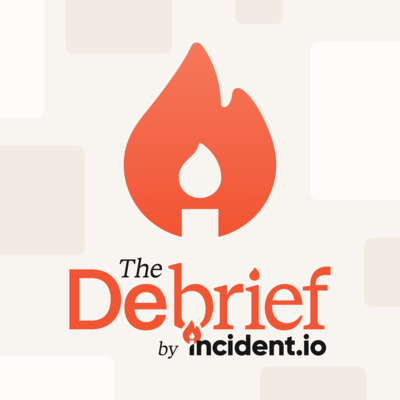
Finally, a recommendation-heavy, full-mailbag show. Been a while. New to the pod are achievements—watch your BreakingScore™ increase each time you write in to…
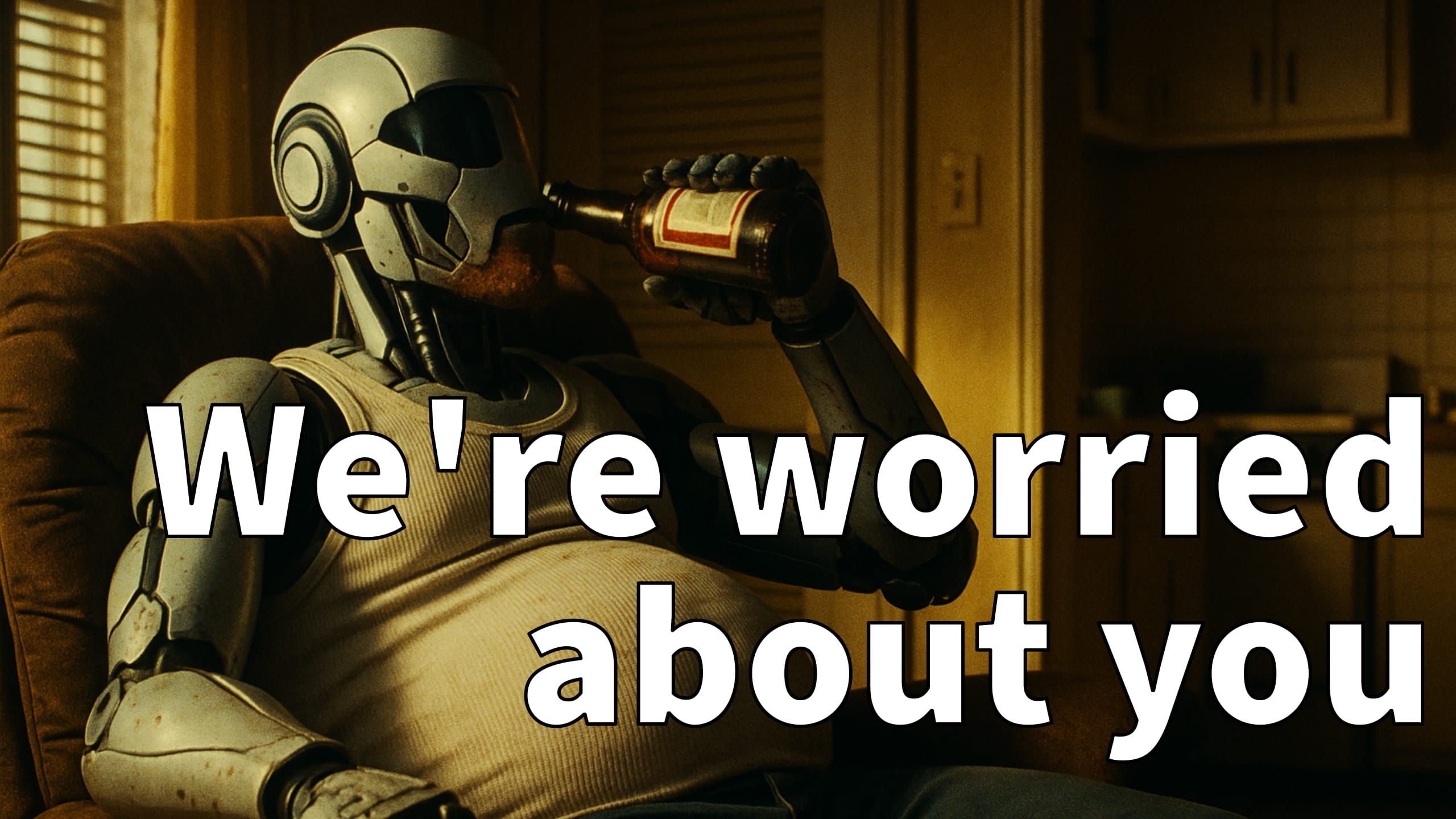
Between and I took 6327 steps.
 (isbn:9780316217620)
(isbn:9780316217620)I have been gainfully unemployed for exactly one year. Spending today exploring the north of New Zealand, then after Xmas seeing friends in Melbourne, finishing the year on a beach in Thailand. I wonder what 2026 will bring? A bit of FOSDEM for certain and we've got Interrail tickets booked. But *work*? Hmmm… we'll see!
New video on updating container images with Renovate. The demo uses the Renovate GitHub Action but pairs it with Octo-STS so you don't need to create a PAT. https://www.youtube.com/watch?v=I0hWRMtdUyI
Very cool to see I'm on Golang Weekly's top 10 articles of the year with Go 1.24's go tool is one of the best additions to the ecosystem in years
I'm not surprised given the amount of traffic I've had for this over the year, but it's still cool to see reflected in their stats, too!
FYI: We've changed the `GOSUMDB` environment variable on the Mend-hosted Renovate Cloud infrastructure, which may lead to impact to users with private Go modules. As we've noted in https://github.com/renovatebot/renovate/discussions/40041, this is due to previously used settings leaving users open to supply chain attacks
SummaryIn this episode of the Overcommitted Podcast, hosts Brittany, Bethany, and Erika engage in a deep conversation with Piotr Sarna, co-author of 'Writing for Developers.' They explore the journey of co-authoring a book, the importance of writing in engineering, and the challenges and joys of technical writing. The discussion also touches on the significance of blogging as a continuation of learning and sharing knowledge, as well as the role of writing culture in engineering teams. The crew kicks off the next book club, where the Overcommitted engineers will be reading Writing for Developers together over the next 2 months!TakeawaysWriting a book can be seen as a series of extended blog posts.There is a gap in resources for writing engaging blog posts for developers.Good writing in tech should have an educational aspect.Writing culture in engineering teams enhances clarity and collaboration.The book 'Writing for Developers' fills a niche in technical writing resources.Embracing cringe-worthy writing experiences is part of the learning process.LinksPiotr Sarna on LinkedIn: https://www.linkedin.com/in/sarna-dev/Cynthia Dunlop on LinkedIn: https://www.linkedin.com/in/cynthiadunlop/Piotr and Cynthia's first book: Database performance at scale: https://bookshop.org/p/books/database-performance-at-scale-a-practical-guide-cynthia-dunlop/f384c1f0d973803c?ean=9781484297100&next=t Writing for Developers book: https://bookshop.org/p/books/writing-for-developers-blogs-that-get-read-cynthia-dunlop/af343340c60cd806?ean=9781633436282&next=tWrite that blog!: https://writethat.blog/Writing for Developers GitHub Repo: https://github.com/scynthiadunlop/WritingForDevelopersBookDiscord community for Overcommitted: https://discord.gg/fxvEjs7fHostsOvercommitted: https://overcommitted.devBethany Janos: https://github.com/bethanyj28Brittany Ellich: https://brittanyellich.comEggyhead: https://github.com/eggyhead
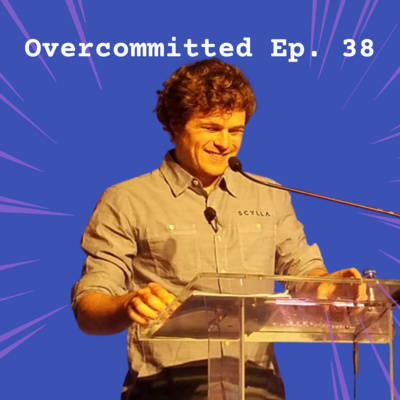
Between and I took 4106 steps.
20,000 issues on GitHub https://daniel.haxx.se/blog/2025/12/16/20000-issues-on-github/ #curl
Do you write blog posts, documentation, or anything for software engineers? Do you want to? Join us for the Writing for Developers book club with @overcommitted.dev, officially kicking off now! 🚀 Chapters 1+2 now, first discussion Friday. Join us in Discord to chat about it: discord.gg/d9gZyYuqKd https://discord.gg/d9gZyYuqKd
SummaryIn this episode of the Overcommitted Podcast, hosts Bethany, Brittany, and Erika engage in a deep conversation with Jason Lengstorf about the concept of being unreasonable in the tech industry. Jason shares his journey of embracing unreasonableness to pursue big ideas, the importance of community and networking, and how to navigate risks in career decisions. They discuss the value of non-traditional backgrounds in tech, the process of learning and consolidating information, and the creative approaches that can lead to innovative projects. The conversation wraps up with Jason sharing his future projects and reflections on the tech landscape.TakeawaysBeing unreasonable and having big audacious goals can lead to unexpected opportunities.Surround yourself with ambitious people that can inspire growth.Recognize when to pivot in your career.Networking is often more valuable than formal education.Learning is an active process, not just passive consumption.Creative coding can lead to innovative solutions.Take (calculated) risks. It can help you achieve your goals.Community support is crucial in navigating career changes.Being slow to adopt new technologies might not be a bad thing.LinksJason Lengstorf: https://jason.energyCodeTV: https://codetv.devAll things open talk: https://www.youtube.com/watch?v=goVNPN6fVwQBytes.dev: https://bytes.devChar Stiles: https://www.instagram.com/charstilesBuiltin: https://builtin.comHostsOvercommitted: https://overcommitted.devBethany Janos: https://github.com/bethanyj28Brittany Ellich: https://brittanyellich.comEggyhead: https://github.com/eggyhead
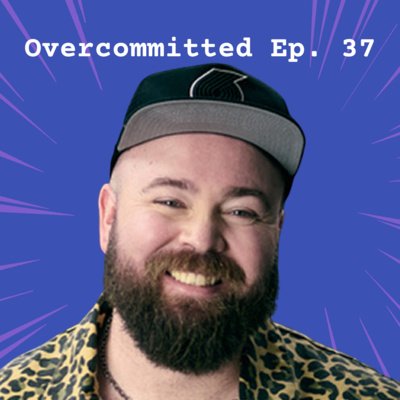
If the Internet is a big computer, Amazon s3 is the hard drive. So what happens when a single typo breaks the Internet's hard drive? On this episode of Fork Around and Find Out we review the s3 outage from 2017. It wasn't that long ago and yet it seems everyone has forgotten.Please leave a...

This episodes diverges from our traditional fare. I’ve reviewed the 49 previous editions and picked (IMHO) the coolest code, best prose & my favorite podcast episode from each month!
Between and I took 2828 steps.
Gin is a very bad software library by Efron LichtBun SQL injection via error messagesModernizing Reddit's Comment Backend Infrastructure by Katie ShannonInterview with Erik St. Martin & Johnny BoursiquotGopherCon

Between and I took 10344 steps.
This post requires authentication to view.
blur the hands as a bit, no one will ever know
Alex Kretzschmar joins Adam for a trip down the Linux rabbit hole -- Docker vs Podman, building a Kubernetes cluster, ZFS backups with zfs.rent, bootc, favorite Linux distros, new homelab tools built with AI, self-hosting Immich, content creation, Plex and Jellyfin, the future of piracy and more.
Between and I took 5784 steps.
SummaryIn this episode of the Overcommitted Podcast, Erika and Brittany discuss the evolving landscape of AI agents and their implications for security and identity management. Joined by expert Dan Moore, they explore the challenges posed by non-deterministic agents, the importance of granular permissions, and the need for developers to be aware of security practices as AI technology advances. The conversation also touches on industry standards, the role of developers in navigating these changes, and personal reflections on the future of AI.TakeawaysAI agents are changing the landscape of software development.Non-deterministic agents present new security challenges.Granular permissions are essential for securing AI agents.Developers must be aware of security practices in AI.Industry standards for AI security are still evolving.Separation of concerns can enhance security for agents.The role of identity and authorization is critical in AI.Business implications of AI agents are significant.Developers should stay close to business needs and problem-solving.The future of AI will require new skills and awareness. LinksDan Moore on LinkedIn: www.linkedin.com/in/mooreds/ Dan Moore on Bluesky: https://bsky.app/profile/mooreds.comSimon Willison - The Lethal Trifecta: https://simonwillison.net/2025/Jun/16/the-lethal-trifecta/ FusionAuth: https://fusionauth.io/ AGNTCY: https://agntcy.org/Amazon Bedrock AgentCore: https://aws.amazon.com/bedrock/agentcore/ FusionAuth Guide to OAuth: https://fusionauth.io/articles/oauth/modern-guide-to-oauth MCP and OAuth: https://aaronparecki.com/2025/04/03/15/oauth-for-model-context-protocol MCP Specification: https://modelcontextprotocol.io/specification/2025-06-18/basic/authorization HostsOvercommitted: https://overcommitted.devBrittany Ellich: https://brittanyellich.com Eggyhead: https://github.com/eggyhead
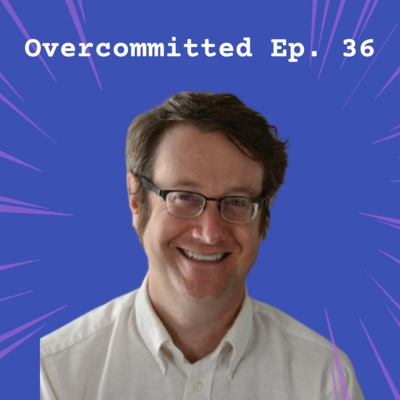
Welcome back to Break, a Fallthrough aftershow! In this episode, the panel continues their conversation from Fallthrough #49.Enjoying the aftershow? Let us know on social media! If you prefer to watch instead of just listen, head over to YouTube where you watch this episode of Break!Thanks for...
